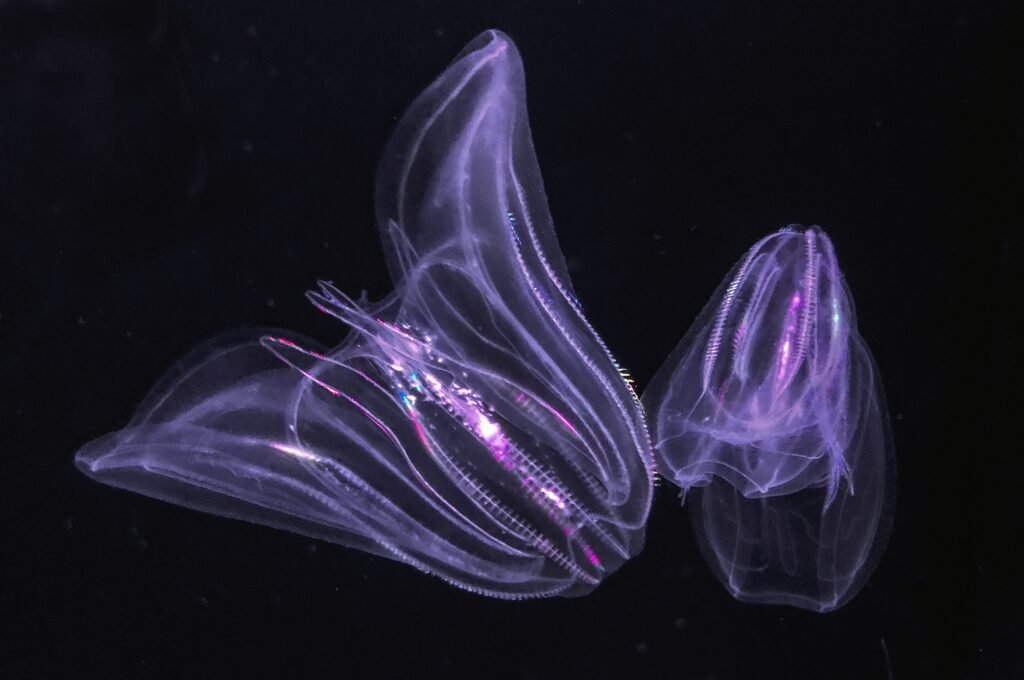Desert grass survives by absorbing moisture from fog
Have you ever considered how desert grass survives since there is only an average of 17 millimeters of rainfall each year? Researchers from the Senckenberg Natural History Museum in Gorlitz seemed to solve this mystery.
The research team hailed from the Senckenberg Center for Human Evolution and Paleoenvironment (SHEP) at the University of Tübingen also conducted thorough research.
They have explained how desert grass survives despite being extremely short rainfall. They researched in the Namib Desert in Africa where they found an incredible development of desert grass Stipagrotis sabulicola.

The team also considered that this grass made possible the existence of life even in such a hostile environment. A surprising variety of plant and animal species have adapted to survive in the Namib Desert. It is renowned for its severe dry climate and wide areas of sand.
Stipagrsotis sabulicola, also known as the bushman grass of the Namib dunes, is one such plant. Co-authors Drs. Huei Ying Gen, Karin Hohberg, and Clement Schneider investigated. They found the role of this grass in promoting a rich desert ecosystem even in the face of such harsh circumstances.
According to them, desert grass survival comes as Stipagrsotis sabulicola securely attaches itself to desert dunes by growing a broad network of shallow roots.
However, the unique leaf structures are what increase its chances of survival. The leaves are very good at absorbing moisture from the atmosphere in the fog and dew form.

Click here to read the updates on mysterious Nazca Lines show stunning images of animals & plants
Hence, the dry Namib Desert’s grass mainly depends on fog for hydration because rain rarely falls there. Its lifeline is the Atlantic fig, which supplies an average of 39 millimeters of moisture annually.
However, this fog forms as the warm Atlantic air falls thousands of kilometers into the interior of the desert and cools off over the chilly ocean.
According to this research, this fog-harvesting grass produces “fog plant oases” by absorbing and directing moisture into the sand. Hence, these oases are essential to the food supply in the desert. They support animal and plant species in the Namib desert.
Read More:
- Sea creature turns into a baby when it is stressed out showing time travel
- Realme Narzo 70 Turbo 5G launch date, features, specifications & price
- European Space Agency printed 3D metal part in space for first time
- Earth’s mysterious Alaska triangle where over 20,000 people disappeared
- Philips Hue launched a new smart lighting solution for kitchen
- NASA to launch life-searching spacecraft to Jupiter’s moon Europa
Share this content:










Post Comment